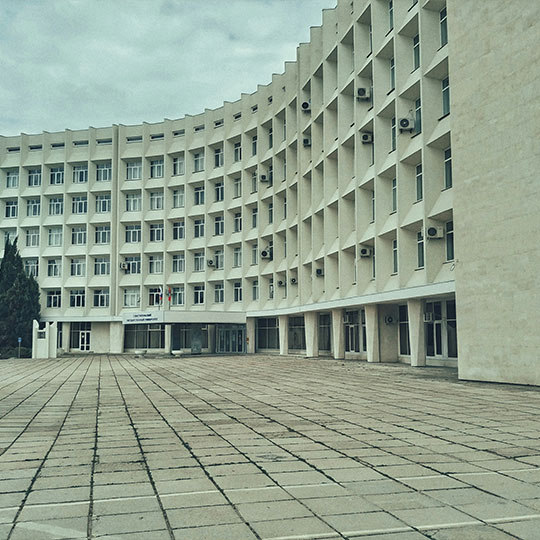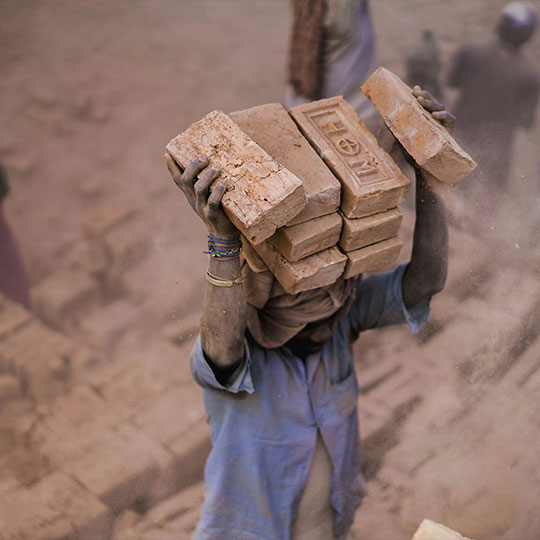
The development of Farm Namseb to grow Opuntia Ficus-Indica (prickly pear), plants that combat climate change by absorbing carbon dioxide, preventing desertification, and improving soil health, is well on track.
The initiative, pioneered by Nopal on Farm Namseb in Maltahöhe, aims to empower local communities by creating jobs, providing livestock feed, and enhancing food security. “Our hopes and expectations have been met. We’ve seen good growth and great progress. I believe the rain we received played a big role in the success we’re now seeing. Rainwater is best for plant growth. We didn’t have to irrigate as much, which saved water, labour and gave the plants a real boost,” said Guido von Wietersheim, the owner of Namseb.
Making strides - The first batch was planted in July and August last year. “We already have an average of more than seven cladodes (leaves) on each mother plant. What we planted has multiplied sevenfold. We could even start harvesting the first cladodes to replant,” Von Wietersheim said. Although the fencing for the main project is still being installed, the plants are being left to grow. “The longer they grow, the more volume they gain and the stronger they get. This gives them the reserves they need when transplanted and provides us with a solid foundation,” he explained. Heavy rains loosened some of the fencing poles, which had to be repaired. “It’s taken longer than expected, but we’ve made good progress. I hope we’ll be ready in three or four months. Without a fence, planting isn’t feasible; baboons are just waiting for an opportunity!”
Water wise - According to Von Wietersheim, the Opuntia Ficus-Indica variety imported from the United States has adapted well to Namibia’s climate. “It’s highly heat-resistant and retains moisture, so it requires very little water.” Thanks to the rain, irrigation only resumed recently. “We water at a rate of one litre per plant per week. With around 35 000 plants in the nursery, that’s 35 000 to 40 000 litres per week. It’s a low-impact, environmentally friendly project,” he noted. So far, there have been no major setbacks. “The only challenge was the arrival of armoured crickets (koringkrieke) after the rains. They love the plants and fruit. If we have a few good rainy seasons, they could become problematic.” Fortunately, they can be controlled manually. “You just walk through the rows and pick them up. After a few days, the numbers drop enough to prevent serious damage.”
Potential - With Phase 1 launched in May 2024, Nopal aims to cultivate 5 000 hectares by 2027 and 17 500 hectares by 2028. High-density planting - 10 000 plants per hectare - ensures optimal yields, using efficient drip irrigation to manage water use. “The project is progressing in the direction we hoped. There are many potential benefits, from carbon credits and biofuel to animal fodder and the fruit itself. We're still fine-tuning our approach, but we will definitely make full use of the plant,” Von Wietersheim emphasised. One major advantage of Namibia is its use as animal feed. “Many farmers are already using it, some for generations. It’s highly nutritious, with a good moisture and fibre content. With the right care and nutrients, it even contains a fair amount of protein.” The plant can be fed fresh or mixed with straw, grass, and additives. “It requires far less water than other fodder crops. It can be the base of various feed mixes or dried and processed into pellets. The potential is enormous,” highlighted Von Wietersheim.
The initiative, pioneered by Nopal on Farm Namseb in Maltahöhe, aims to empower local communities by creating jobs, providing livestock feed, and enhancing food security. “Our hopes and expectations have been met. We’ve seen good growth and great progress. I believe the rain we received played a big role in the success we’re now seeing. Rainwater is best for plant growth. We didn’t have to irrigate as much, which saved water, labour and gave the plants a real boost,” said Guido von Wietersheim, the owner of Namseb.
Making strides - The first batch was planted in July and August last year. “We already have an average of more than seven cladodes (leaves) on each mother plant. What we planted has multiplied sevenfold. We could even start harvesting the first cladodes to replant,” Von Wietersheim said. Although the fencing for the main project is still being installed, the plants are being left to grow. “The longer they grow, the more volume they gain and the stronger they get. This gives them the reserves they need when transplanted and provides us with a solid foundation,” he explained. Heavy rains loosened some of the fencing poles, which had to be repaired. “It’s taken longer than expected, but we’ve made good progress. I hope we’ll be ready in three or four months. Without a fence, planting isn’t feasible; baboons are just waiting for an opportunity!”
Water wise - According to Von Wietersheim, the Opuntia Ficus-Indica variety imported from the United States has adapted well to Namibia’s climate. “It’s highly heat-resistant and retains moisture, so it requires very little water.” Thanks to the rain, irrigation only resumed recently. “We water at a rate of one litre per plant per week. With around 35 000 plants in the nursery, that’s 35 000 to 40 000 litres per week. It’s a low-impact, environmentally friendly project,” he noted. So far, there have been no major setbacks. “The only challenge was the arrival of armoured crickets (koringkrieke) after the rains. They love the plants and fruit. If we have a few good rainy seasons, they could become problematic.” Fortunately, they can be controlled manually. “You just walk through the rows and pick them up. After a few days, the numbers drop enough to prevent serious damage.”
Potential - With Phase 1 launched in May 2024, Nopal aims to cultivate 5 000 hectares by 2027 and 17 500 hectares by 2028. High-density planting - 10 000 plants per hectare - ensures optimal yields, using efficient drip irrigation to manage water use. “The project is progressing in the direction we hoped. There are many potential benefits, from carbon credits and biofuel to animal fodder and the fruit itself. We're still fine-tuning our approach, but we will definitely make full use of the plant,” Von Wietersheim emphasised. One major advantage of Namibia is its use as animal feed. “Many farmers are already using it, some for generations. It’s highly nutritious, with a good moisture and fibre content. With the right care and nutrients, it even contains a fair amount of protein.” The plant can be fed fresh or mixed with straw, grass, and additives. “It requires far less water than other fodder crops. It can be the base of various feed mixes or dried and processed into pellets. The potential is enormous,” highlighted Von Wietersheim.






















